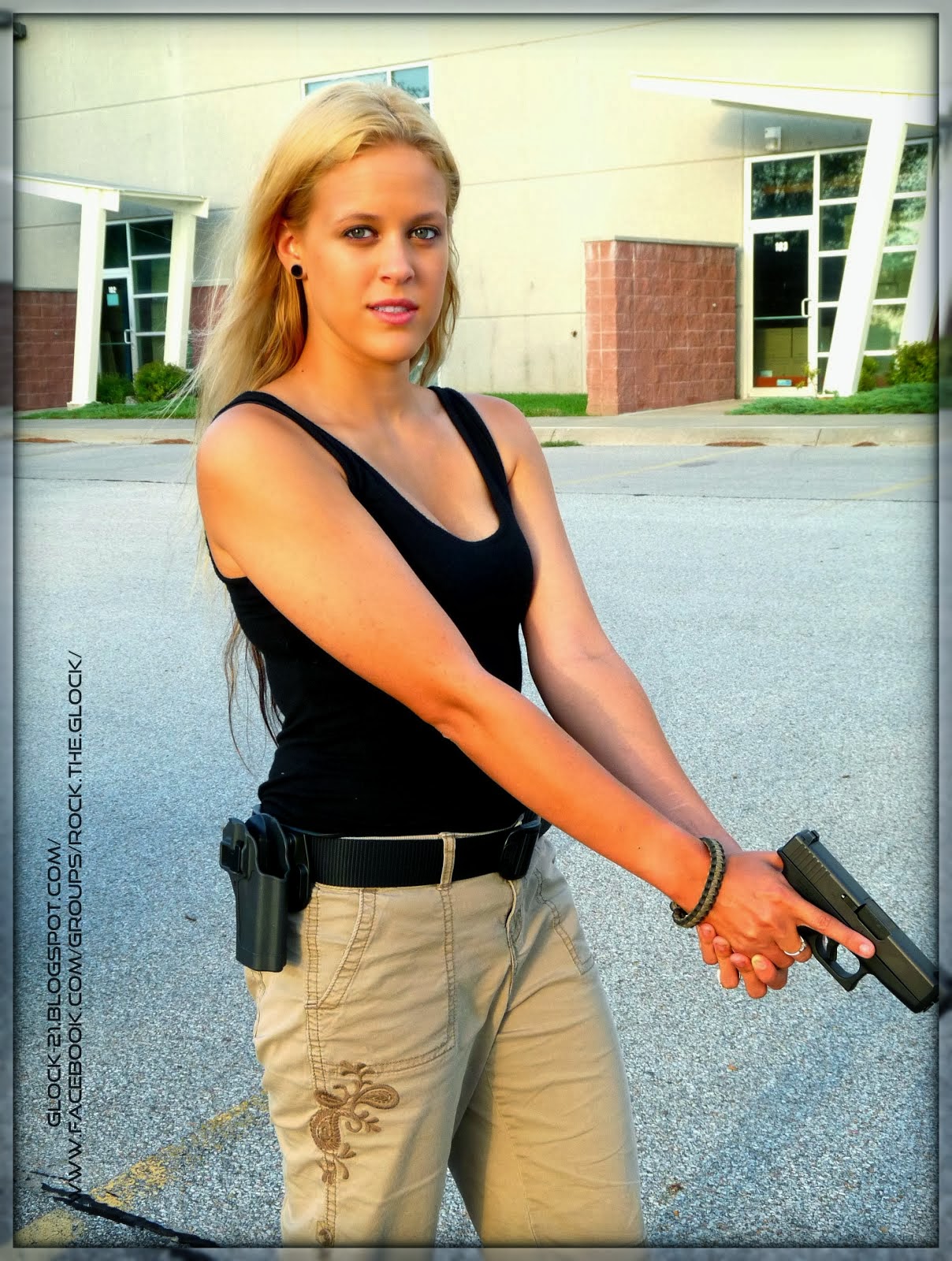Lt. Gen. Mikhail T. Kalashnikov, the designer of the AK-47 rifle, died on Monday in
Izhevsk, the capital of the Russian republic of Udmurtia, where he
lived. He was 94.
Born a peasant on the southern Siberian steppe, General Kalashnikov had
little formal education and claimed to be a self-taught tinkerer who
combined innate mechanical skills with the study of weapons to conceive
of a rifle that achieved battlefield ubiquity.
His role in the rifle’s creation, and the attention showered on him by
the Kremlin’s propaganda machine, carried him from conscription in the
Red Army to senior positions in the Soviet arms-manufacturing
bureaucracy and ultimately to six terms on the Supreme Soviet, the
Soviet Union’s legislative body.
The AK-47 cemented its place in history in the 1960s in Vietnam. There,
a new American rifle, the M-16, experienced endless problems with corrosion and
jamming in the jungles, while Kalashnikovs, carried by Vietcong
guerrillas and North Vietnamese soldiers, worked almost flawlessly.
Many US Solidiers and Marines commented after the war, they were at a severe disadvantage taking
their M16 against the Russian AK-47.
Tens of millions of Kalashnikov rifles have been manufactured. Their
short barrels, steep front-sight posts and curved magazines made them a
marker of conflict that has endured for decades. The weapons also became
both Soviet and revolutionary symbols.
The general, who sometimes lamented the weapons’ unchecked distribution
but took pride in having invented them and in their reputation for
reliability, weathered the collapse of the Soviet Union to assume a
public role as a folk hero and unequivocal Russian patriot.
A Soviet nostalgist, he also served as the unofficial arms ambassador of
the revived Russian state. He used public appearances to try to cast
the AK-47’s checkered legacy in a positive way and to complain that
knockoffs were being manufactured illegally by former Soviet allies and
cutting into Russian sales.
The weapon, he said, was designed to protect his motherland, not to be
used by terrorists or thugs. “This is a weapon of defense,” he said. “It
is not a weapon for offense.”
General Kalashnikov’s public life resulted from a secret competition to
develop the Soviet infantry rifle for the Cold War. The result was the
AK-47 — an abbreviation for “the automatic by Kalashnikov” followed by
the year the competition ended.
General Kalashnikov, a senior sergeant at the time who had been injured
in battle against German tanks, was credited with leading the design
bureau that produced the AK-47 prototype. He saw his fellow soldiers
cut down by the German Army's superior rifles, notably the
German's MP-40 and STG machine guns. Kalashnikov survived the war and
set out to design an automatic rifle which would give his fellow
Russians the advantage on the battlefield. In 1949, the Soviet Union began issuing
a mass-produced AK-47 rifles.
The true AK-47 was short-lived. It was followed in the 1950s by a
modernized version, the A.K.M., which retained its predecessor’s
underlying design while reducing its weight and manufacturing time. A bit shorter than traditional infantry rifles and firing a 30 caliber (7.62x39) cartridge midway
between the power of a submachine gun and a high powered hunting rifle cartridge, the Kalashnikov line was initially dismissed by American ordnance
experts in their arrogance, said "The AK was weapon of small consequence. It was not particularly well made." This arrogance lives on today in spite of the AK-47's repeated battlefield proven reliability, toughness and supreme stopping
power.
By this time, in an effort to standardize infantry weapons among
potential allies, the Soviet Union had exported the rifle’s
specifications and its manufacturing technology to China, Egypt, North
Korea and Warsaw Pact nations. Communist engineers would eventually
share the manufacturing technology with other countries, including Iraq.
The design was not patented and AK-47 variants were eventually manufactured in Finland, Israel,
South Africa, China, United States, Bulgaria, Romania, Poland and other nations.
Because Kalashnikov rifles were principally made by secretive
governments and often changed hands in nontransparent transfers, it is
not known how many have been manufactured. Common estimates put
production at 70 million to 100 million; either number would dwarf the
production of any other gun.
 |
| General Kalashnikov we raise a glass in your honor! |
g













